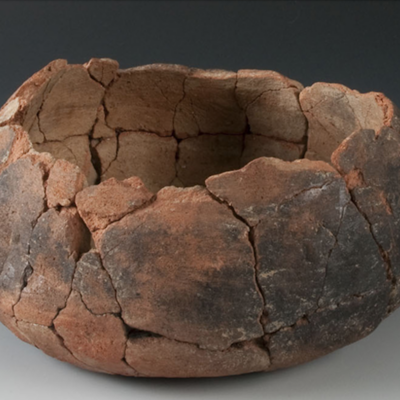With 20 murders in a population of 750,000, El Paso, Texas was one of the safest cities in America in 2008. Across the border lies Juarez, a city roughly twice the size of El Paso, which in the same period saw 1,600 of its citizens murdered. This is just one among many statistics that begs the question: Whose war is the war on drugs?
With “The War on Drugs,” VQR again explores places outside America that are nonetheless deeply affected by American life and policy. (Spring’s “The End of Ice” issue, for instance, focused on corners of the world that are subtly being ravaged by climate change.) This issue focuses on the narcotics trade’s flourishing supply end—a far cry from hazy bedrooms on Rugby Road—that threatens to undermine the rule of law in Mexico and crumbling American cities.
That world is at once like and unlike a normal American’s. In “The Mule,” Simon Maxwell Apter befriends a woman who has recently been released from jail. A self-proclaimed “workaholic,” she’d been busted for ferrying drugs from Mexico. She started it out of some combination of “boredom” and poverty. It soon became her daily grind. In “Game Over,” Robert Anasi explores a Pittsburgh cocaine trafficker’s business infrastructure, during what the trafficker says will be his last days in the business. After a successful sales season, Anasi eventually tags along with the trafficker and his cronies to a casino in West Virginia for “a demented version of the corporate excursion.” In many ways, life on the fringes is modeled after life in the center. There are protocols, quotas and punishments.
One problem is that punishment is often dispensed randomly. Charles Bowden’s “The Crazy Place” describes a beauty queen, Miss Sinoloa, who was raped by police officers and then brought to fester in a makeshift mental asylum in the desert outside Juarez. In view at the asylum, an enormous white horse has been carved into the side of a mountain. The public arts project was commissioned by a drug cartel and can be seen through much of the city—a constant sign of the cartel’s presence. Such imagery is a writer’s dream. But Bowden makes the unfortunate mistake of confusing himself with his subject. Of a woman abused beyond his wildest imagination, he writes, “Miss Sinoloa and I have passed into a new world where violence is the way and death is life and no one is in control.”
Bowden might be trying to superimpose the two worlds, and there’s something to be said for that. One need look no further than the organic food and sweatshop-free movements to see that Americans have grown concerned with the global costs of getting what they want, when they want it. One casualty in the war on drugs, then, is an open relationship between suppliers of drugs and those who demand them. These stories are swept beneath the rug of illegality. But in a world where “boredom” and desperation check morality, that’s just one casualty among many.





